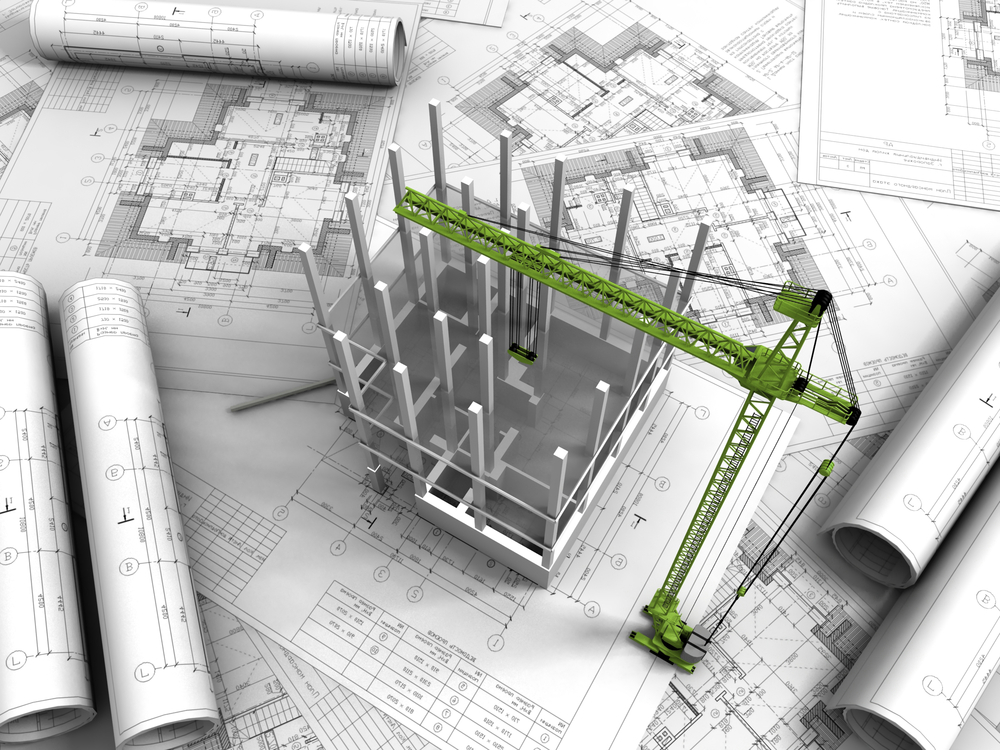When
Does Design Demand Overtake Technology Push? Simplistic Ubiquity
Users are often reluctant and naturally it is the vanguards that try thus inspiring others to join in thus creating further inclusion to group dynamics. In particular, and fully defined in Demand Pull and Technology Push - Perspectives in Technology-Based Innovations for the Points of Sale we see the underpinnings of the need to have technology-based innovations needing the support of an adoption network for enhancing their diffusion and meeting consumers' needs before they are made viabale













